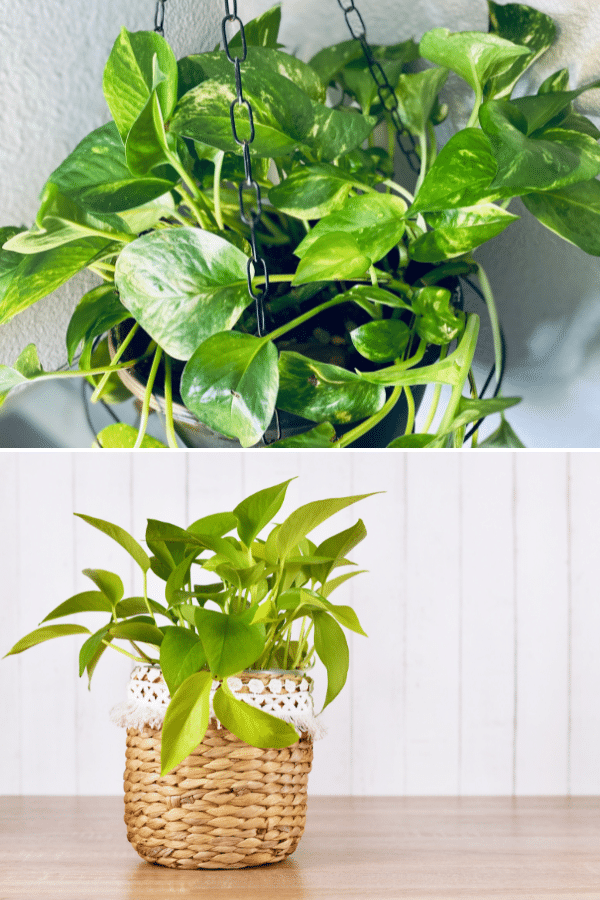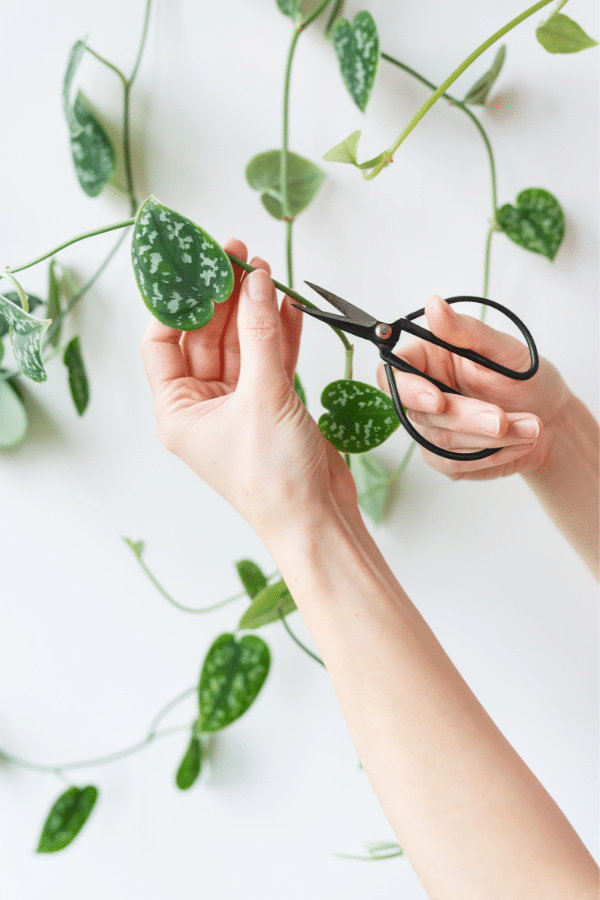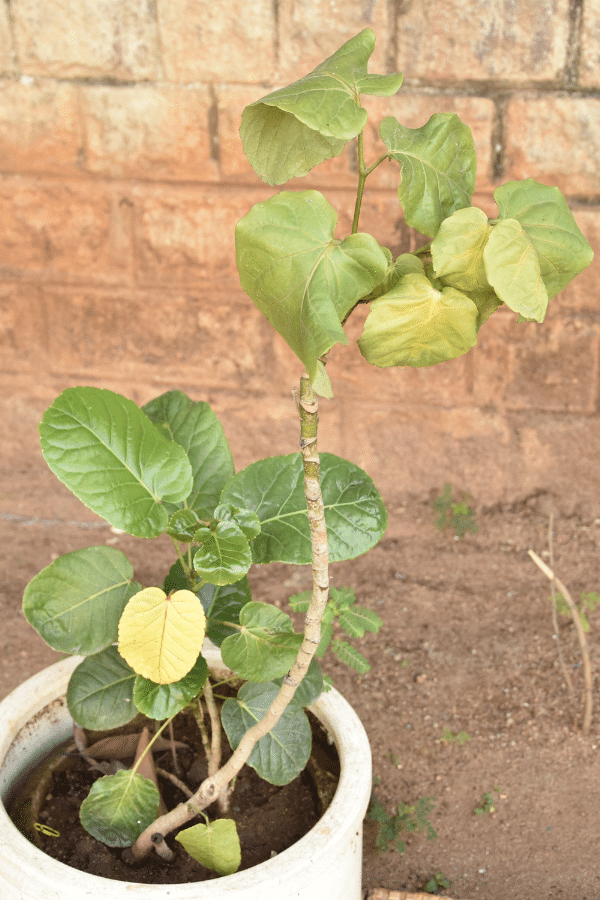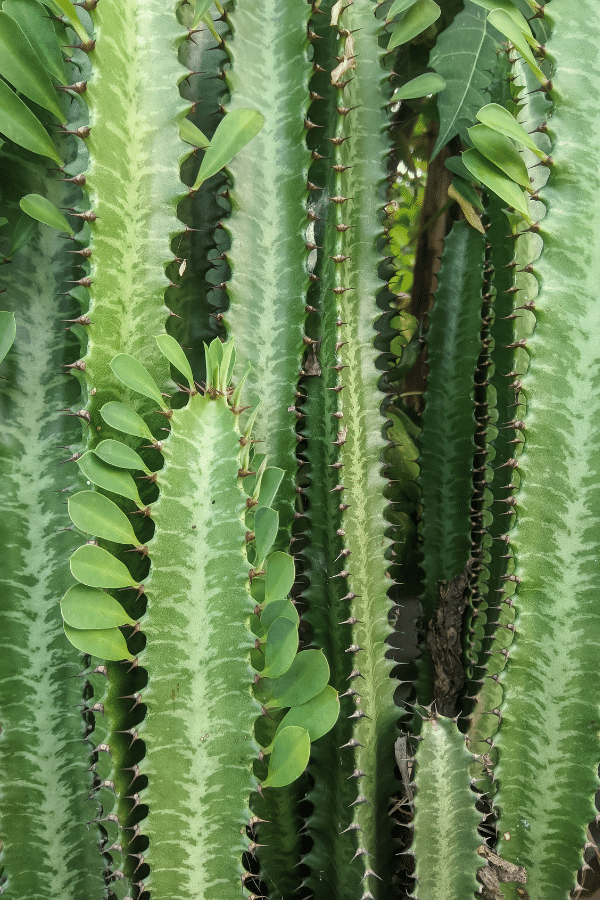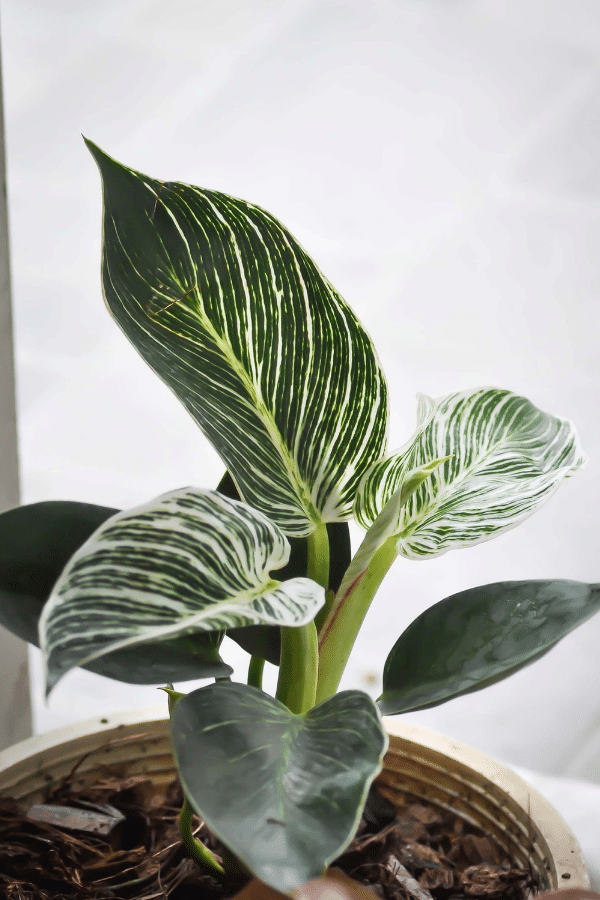Maidenhair Fern
Scientific Name: Adiantum Raddianum
Maidenhair Fern care is rated as a medium difficult level as this plant needs very high humidity and you have to keep the soil consistently moist at all times. If you are an experienced houseplant collector and looking for a Fern, a Maidenhair Fern plant may be for you.
To give this Fern plant the best care, it requires well-draining soil, keep the soil consistently moist, provide the plant with bright indirect sunlight, temperatures ranging from 70-85F, and high humidity levels.
Quick Care Overview
| Common Name | Maidenhair Fern |
| Scientific Name | Adiantum Raddianum |
| Family | Pteridaceae |
| Origin | South America |
| Growth Rate | Slow |
| Identification | Small bright green leaflets |
| Height | Up to 2 feet tall |
| Soil | Well-draining soil |
| Water | Keep soil consistently moist, never allow it to dry out |
| Temperature | 70-85F |
| Sunlight | Bright indirect sunlight |
| Toxic to Cats & Dogs | No |
| Toxic to Humans | No |
| Pests | Fungus gnats, mealybugs, scale |
| Diseases | Root rot |
Below we will dive deep into this Maidenhair Fern care guide.
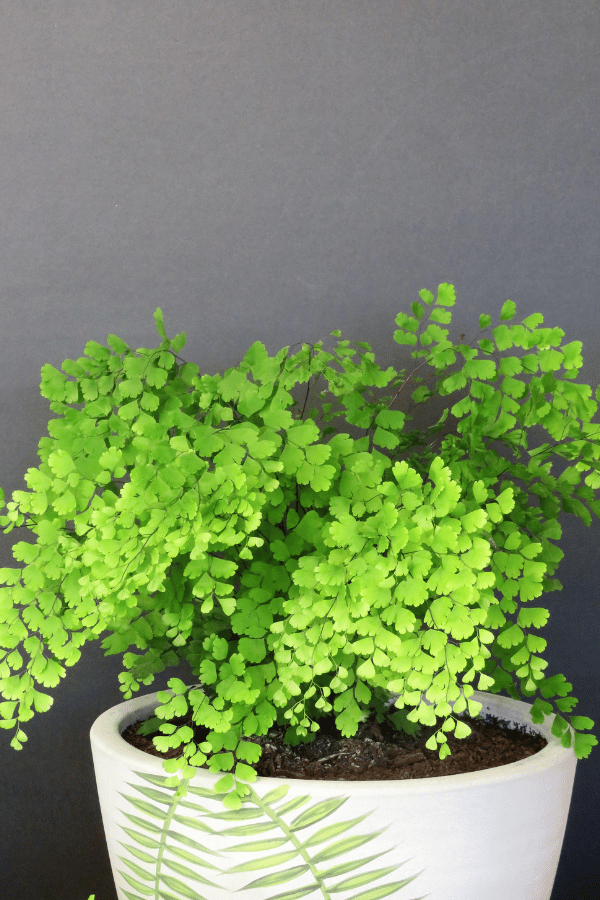
Maidenhair Fern History
South American native, Adiantum Raddianum, is one of the most popular ferns collected by indoor gardeners. Maidenhair Ferns can be found throughout the U.S., quite commonly growing in rocky environments. This slow-growing fern has small delicate fan-shaped leaves clustered on black stems. There are several different plant varieties known as Maidenhair Ferns, with Adiantum Raddianum being the classic Maidenhair Fern. Its common name is said to derive from the fact that is shiny, dark leafstalks resemble human hair.
Maidenhair Fern Identification
Every species of Maidenhair Fern features light green compound foliage made of small leaflets that resemble the foliage of gingko tree. Some varieties will produce immature foliage that is red or pink and will turn to green as the plant matures. Most species will have shiny black petioles.
Maidenhair Fern Growth Facts
Maidenhair Ferns will take three years to reach maturity. As this plant requires such high humidity levels to thrive, many opt to grow their maidenhair ferns in terrariums or greenhouses.
How Big Does a Maidenhair Fern Get?
Your Maidenhair Fern may grow 2 feet tall by 2 feet wide.
Maidenhair Fern Care
Maidenhair Ferns are a bit picky when it comes to their needs when grown indoors and are not considered a beginner’s plant. However, you’ll be in good shape if you provide your maidenhair fern with plenty of humidity and moisture.
Maidenhair Fern Soil
Your Maidenhair Fern will like to be grown in an airy, well-draining potting mix. A commercial potting mix with incorporations of compost or sphagnum moss can help this plant hold on to the water it requires to thrive.
Maidenhair Fern Fertilizer
As the Maidenhair Fern is a slow-growing light feeder, it does not require fertilization. However, a monthly feeding from a diluted, balanced liquid fertilizer indicated for houseplants will give this plant an additional boost of nutrients so that it remains in tip-top shape.
Maidenhair Fern Watering
Your Maidenhair Fern will require consistent watering. Depending on growing conditions, you may need to water it every day. You should never allow your Maidenhair Fern to dry out. However, you also should never let your plant sit in standing water or become oversaturated with water as this may lead to issues such as yellowing of the foliage or root rot.
Maidenhair Fern Light Requirements
Your Maidenhair Fern will like to be grown in indirect light, such as from a northern window. However, too much direct sunlight will quickly lead to scorching of this plant, and too little sunlight will lead to stunted growth and yellowing foliage.
Maidenhair Fern Temperature & Humidity
Adiantum Raddianum requires a warm, humid environment to survive. You may benefit your Maidenhair Fern by misting it several times daily, adding a humidifier, or installing a pebble tray to maintain the humidity level it requires. You should strive to keep your plant above 70 degrees Fahrenheit at all times and never expose it to temperatures below 60 degrees Fahrenheit.
Repotting Maidenhair Fern
You should repot your Maidenhair Fern every 1-2 years whenever you see roots growing from the container’s drainage holes. To successfully repot your plant, you should use a sharp, clean blade to divide your plant into manageable sections with a few fronds in each division. Plant each section into its own container and water deeply. Place in indirect light.
Maidenhair Fern Maintenance & Pruning
The Maidenhair Fern requires little pruning. Periodically remove any dead, diseased, or discolored foliage using sharp, clean shears.
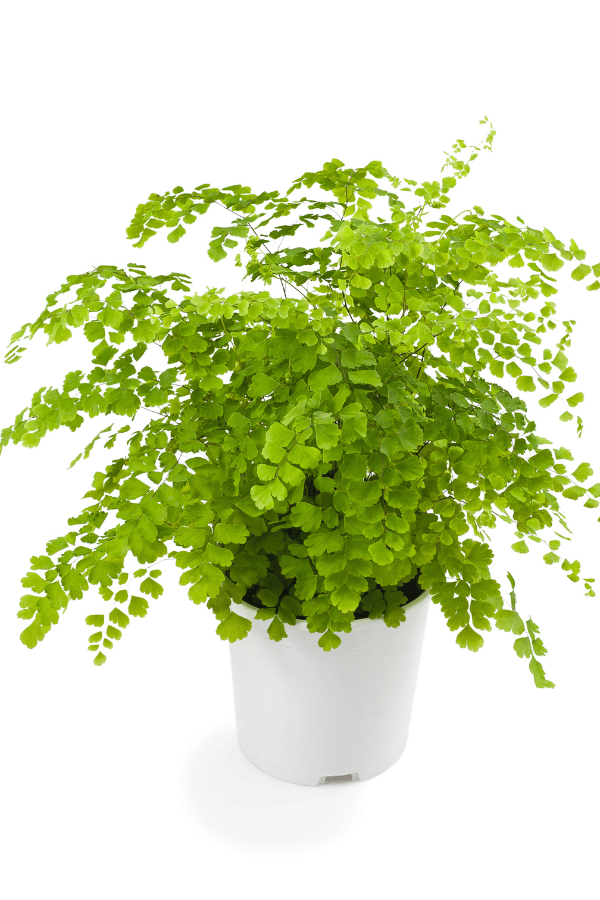
Maidenhair Fern Propagation
The Maidenhair Fern may be easily propagated through rhizome division. To divide, gently uproot the mother plant, preferably in spring. Using a sharp, clean blade, divide the rhizome into sections, with each section having its own roots and shoots. Plant the sections into their own containers with fresh soil, tamp lightly, water thoroughly, and place in indirect light. Ensure that you keep your newly potted plants very moist so reduce stress.
Maidenhair Fern Toxicity
Toxicity to Humans
Maidenhair Ferns are not considered toxic to humans.
Toxicity to Cats & Dogs
Luckily, Maidenhair Ferns are not considered toxic to cats or dogs. However, you should avoid allowing your pet to consume this plant.

Maidenhair Fern Problems
Maidenhair Fern Leaves Turning Yellow
When foliage of your Maidenhair Fern turns yellow, it is typically due to overwatering. Ensure that you do not oversaturate your plant with water and that you do not allow it to sit in standing water within the plant’s drainage tray
Maidenhair Fern Leaves Turning Brown
Browning of foliage is most commonly due to too intense of direct sunlight. Alternatively, browning of foliage may be due to large fluctuations of temperature or overwatering.
Maidenhair Fern Diseases
Unfortunately, as this plant loves to be kept moist and in high humidity, it can become susceptible to fungal issues. Ensure that your plant has adequate air flow to minimize fungal issues. Fungal issues may be treated with a fungicide, such as copper.
Maidenhair Fern Pests
Your Maidenhair Fern may become susceptible to infestation from mealybugs and scale. Inspect your plant periodically for signs of infestation. Upon identifying an infestation, isolate your plant, and treat it with a pesticide, such as insecticidal soap or neem oil.


